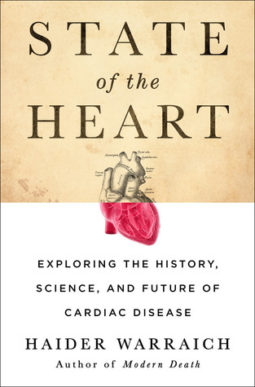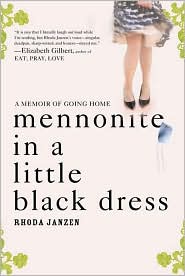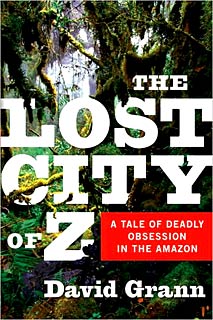This review contains affiliate links, which earn me a small commission when you click and purchase, at no extra cost to you. Thank you for supporting my small business and allowing me to continue providing you a reliable resource for clean book ratings.
“More people die of heart disease than any other disease in the world, including even cancer. In fact, deaths from heart disease are on the rise around the world and in the United States as well. … In the United States, heart failure is the most common reason for admission to the hospital. … Yet, in many ways, heart failure is a disease few know about and fewer still understand. … Heart disease, in many ways, is the overlooked affliction of our times.”
At the same time, writes physician and clinical researcher Haider Warraich, “funding for research for heart disease and development of new innovations for heart disease continues to lag behind other diseases such as cancer. Fewer therapies are in development for heart disease today than before. This is driven by many thinking of heart disease as a battle that has already been won,” so vital funding is going to other diseases that claim far fewer lives.
And while there are some newer treatments for heart problems, including interventions such as using LVADs not just as bridges to transplantation but as longer-term “destination therapy,” Warraich emphasizes multiple times in State of the Heart that it’s the tried-and-true, “not-sexy” medications and lifestyle habits that make the most difference for the most people. Statins, for instance, he writes, are practically a miracle drug, with their benefits being “quite substantial and consistent. …Statins are so effective that no medication since their development thirty years ago has so far been shown to be better than they are.” What’s more, most are now available in generic form, so they are available at lower prices that are affordable for many people.
Warraich gives readers an overview of how the heart and its functions were viewed in the distant and more recent past; how treatments have evolved, especially in the past century and most recent few decades; how much can be done with not just proven medications and interventions but with some of the latest treatments to extend lives (and improve quality of life even as patients live with a diagnosis of heart disease), and how there are still new advances around the corner. He uses very brief anecdotes about patients he has treated and doctors and researchers who have contributed to the science we now use regularly. I often felt that those anecdotes were too brief; he used the information to make his point and then moved along very quickly. The book is scholarly but still approachable and on a level that many readers can understand, but it might benefit from more fleshed-out stories of some of these many individuals who must live with heart disease in its various forms.
Last year, I read Heart: A History, which was similar in topic, obviously, but focused on different aspects of the medical treatment of the heart and how we can all do better to take care of our hearts. That was fascinating; State of the Heart wasn’t quite as engaging, but I still found it interesting and important reading. I have to say that, if nothing else, I was left with the conviction that when my doctor suggests I take a statin, I’ll agree to do so. I also heartily agreed with Warraich’s conclusions that doctors have to be able to connect better and build relationships with patients so that patients will trust their medical providers enough to follow their recommendations. I don’t know how much our current health care system will allow that to change in its current setup, but it’s certainly an important observation.
Rated: Mild. There are fewer than 10 instances of mild and moderate language; there is one reference to a doctor who had sexually violated patients.
*I received an ARC of this book in exchange for my honest review.
Click here to purchase your copy of State of the Heart on Amazon.




